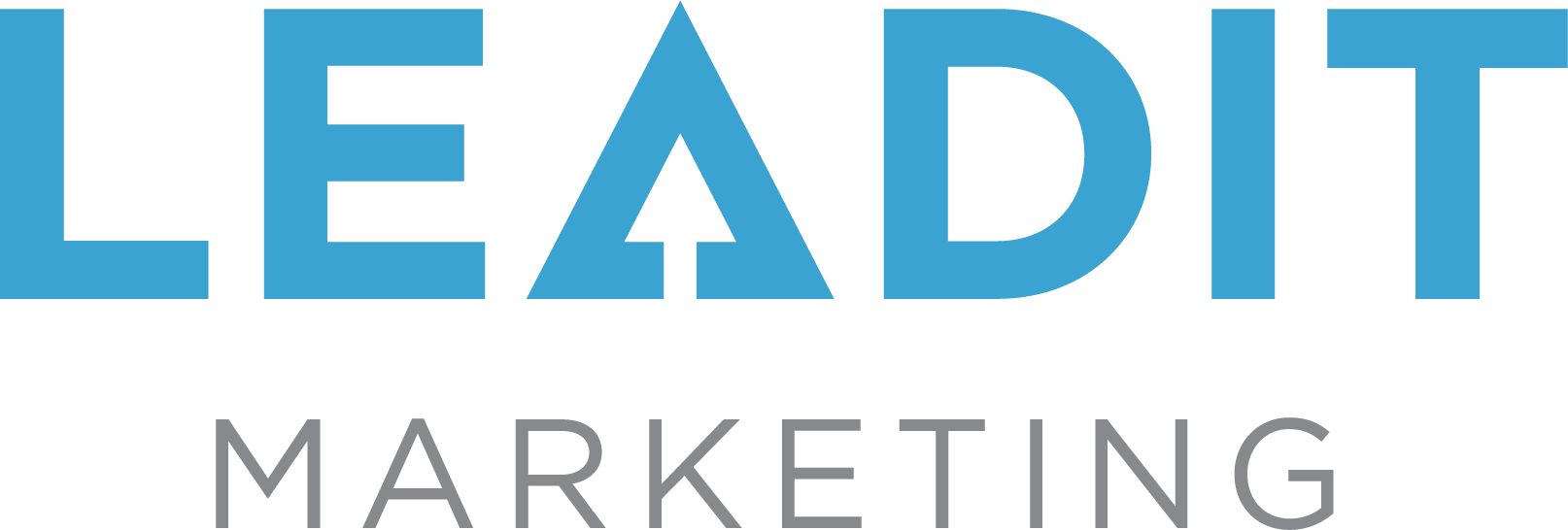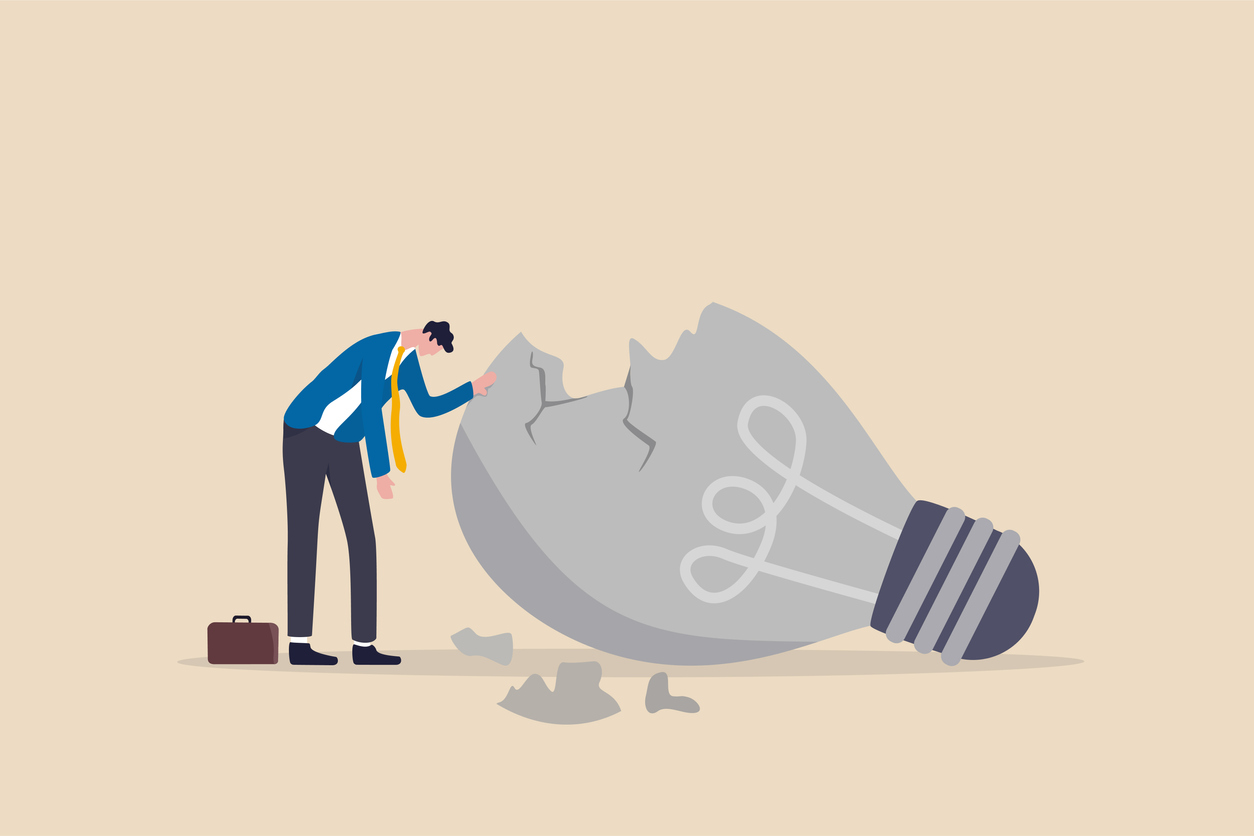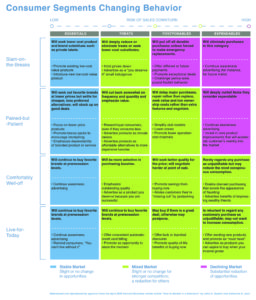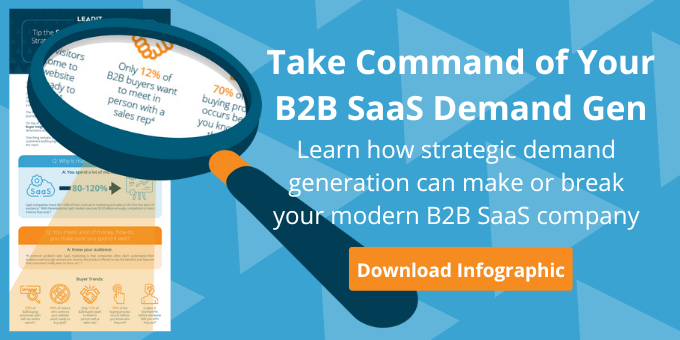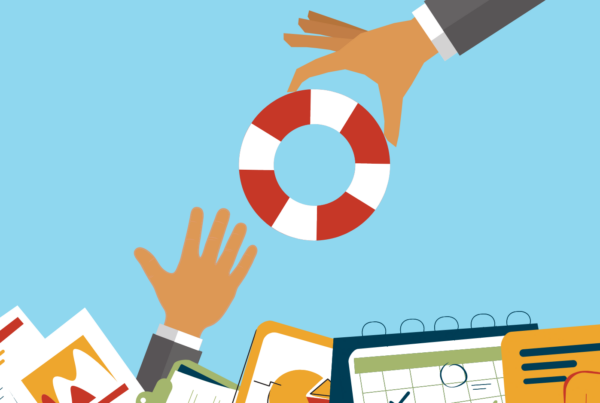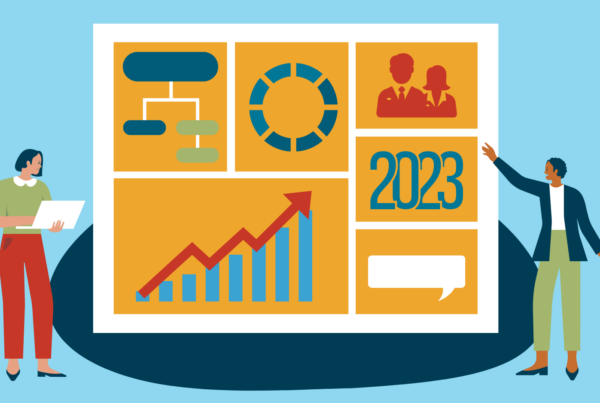Are Your B2B SaaS Marketing and Sales Messages Agile or Fragile?
As COVID-19 continues to impact the global economy, B2B SaaS organizations across all industries are taking steps to respond to the changing needs, wants, and pains of their target customers.
Navigating poorly charted economic downturns is a daunting undertaking for marketers, but understanding evolving buying patterns, and adjusting your marketing strategy accordingly, will improve your organization’s chance of success during and following a recession.
Adapt and react quickly to changing market conditions with our marketing tips and tricks. Sign up for our email newsletter here.
The Nature Of Recession Psychology
Understanding your B2B buyers’ psyche and emotions is critical for marketing in a recession.
Now more than ever, purchasing decisions are based on more than just product or service appeal and price. In addition to appeal and price, consumers are influenced by their:
- Confidence in the economy and its future
- Consumption values
- Emotional connection to brands
All of these factors influence how and where consumers spend their money during an economic downturn.
While a downturn will never look exactly like another, studying those of the past reveal patterns of consumer behavior and marketing strategy that influence overall performance.
A Harvard Business Review study reviewed the marketing successes and failures of dozens of organizations during recessions from the 1970s – 2010. It identifies four key psychological segments and product categories that should influence a firm’s marketing strategy during this recession.
Recognizing where your B2B tech customers are in the four consumer segments will allow you to identify their current needs and meet them where they are right now.
What are the Core Consumer Segments?
-
Slam-on-the-brakes:
-
-
- This segment of consumers is most vulnerable emotionally and financially. This includes low-income and high-income consumers anxious about impending health or income changes.
- They often reduce all types of spending by eliminating, postponing, decreasing, or substituting purchases.
-
-
Pained-but-patient:
-
-
- These consumers are resilient.
- They are optimistic about the long-term, but less confident in their ability to maintain their standard of living in the short term.
- These consumers will economize in all areas, but less aggressively than slam-on-the-break consumers.
- The pained-but-patient segment represents the largest segment and a wide range of income. The majority includes households unscathed by unemployment.
- As a recession extends or worsens, these consumers increasingly migrate to the slam-on-the-brakes segment.
-
-
Comfortably well-off:
-
-
- This segment of consumers feels secure about their ability to ride out current and future bumps in the economy.
- They consume nearly at pre-recession levels but are more selective about brands.
- The comfortably well-off segment consists primarily of people in the top 5% income bracket.
- It also includes those who are less wealthy but feel confident about the stability of their finances.
-
-
Live-for-today:
-
- This segment carries on purchasing activity as usual and remains unconcerned about savings.
- They respond to the recession mainly by extending their timetables for making major purchases.
- The live-for-today segment typically urban and younger, renters rather than owners, and spend more on experiences rather than physical products.
- They are unlikely to change consumption behavior unless they become unemployed.
B2B buyers across all four segments are expected to prioritize consumption by sorting products and services into the following four categories:
- Essentials: Necessary for survival or perceived as central well-being
- Treats: Indulgences whose immediate purchase is considered justifiable.
- Postponables: Needed or desired items whose purchase can be reasonably put off.
- Expendables: Perceived as unnecessary or unjustifiable.
Your company’s opportunities will depend on which segment its target market belongs to and how it categorizes its product or service. The study also provides a guide on how the consumer segments’ changing behavior should change a firm’s strategy, summarized by Wine Industry Advisor Network in the graphic below:
Optimizing Your Marketing and Sales Strategy
As the economy falls into a period of recession and consumer behavior changes, marketing strategies are becoming make-or-break for businesses. Fear and financial pressure can prompt businesses into making detrimental mistakes, such as axing marketing spend or deploying the wrong marketing strategy.
Organizations that can maintain or increase their marketing spend at this time undoubtedly should, in order to push their advantage and capture market share from weaker rivals at a lower cost than times of prosperity.
If you find that your organization needs to cut marketing costs, do so thoughtfully, trimming waste instead of hacking everything disproportionately. Budgeting becomes easier in recessions, as deciding to cut loose underperformers and low-yielding tactics become less of a question. With an optimized budget, marketers must then adjust their marketing message.
In tweaking your marketing strategy to meet the evolving needs of its consumers during a recession, a company must convey just the right message in its content.
In crafting effective B2B marketing content, keep these 5 recommendations in mind:
|
Target your most loyal customers with campaigns to deepen engagement and remain profitable. |
These customers are the primary and enduring source of revenue and growth. |
|
Maintain a strong brand image. |
Do not alter the fundamental position of your brand, but include acknowledgment of the rising emotional pressures of the target market. A significant change in value will confuse and deter loyal customers. |
|
Increase your brand’s value to consumers. |
Demonstrate how you will help its target market, not ask how they can help the brand. |
|
Demonstrate empathy in the marketing message, and back it up with action. |
Your customers will remember your kindness during tough times. Meet them where they are with the value they need. |
|
Build the brand community. |
Expand loyalty programs, reduce the threshold of membership, and provide a shareable experience. |
The coronavirus pandemic will continue to influence consumer behavior across industries around the globe. Changing needs of consumers must be met with a change in marketing and sales strategy in order for a business to survive the duration of this downturn.
Now more than ever, your customers, regardless of who they are, are struggling. Meet them where they are. Know them. Understand them. Serve them.
For more information on how your company can build true connections with customers during this time, contact Leadit Marketing to schedule a free 30-minute consultation with our B2B marketing experts.
